When you think of Aberdeen, certain words spring to mind: granite, grey, harbour and oil.
You might not, however, know that several other places around the world share the name Aberdeen.
I was fortunate enough to travel recently to the former British colony of Hong Kong, where the fishing town of Aberdeen is thriving.
Considering the two places are thousands of miles apart, they share a surprising kinship.
Aberdeen and the sea
Scotland’s Aberdeen has always had a strong relationship with the sea.
A coastal city that serves as the base for many oil rigs out in the North Sea, it has been a major port for centuries.
Industries such as fishing and later oil and gas have injected wealth into the city, all thanks to its proximity to the sea.
In Hong Kong, the place of the same name also has an affinity with the water as a major fishing harbour, with nearby seafood restaurants offering the freshest catch.
It is also home to a large floating village, where many residents live on small junks, huddled together.
The area is a well-known local tourist attraction.
While I was there, I saw hundreds of small fishing boats moored along the promenade.
Aberdeen Market
Hong Kong’s Aberdeen has long had a lively market presence in the city centre.
It is a thriving and bustling place, with residents visiting almost daily for the freshest of produce.
The market is divided into dozens of areas and outlets, with raw meat butchered on the spot and live seafood swimming in large tanks, waiting to be picked out by hungry Hongkongers.
Mountains of fresh vegetables, seeds and spices are on display – and vendors are open to haggling.
In addition, there is a large fish market in Aberdeen, where experienced fishermen bring in their catch to be sold.
Expect to see live squid, octopus, fish and eels, many in tanks, as residents peruse what is on offer.
The high rises
Back in Scotland, the 181ft-tall tower blocks in Tillydrone might seem imposing.
But they pale in comparison to the towering high rises in Hong Kong.
The city is one of the most densely populated places in the world, so planners have built skywards to address overcrowding.
Hong Kong has more than 4,000 residential buildings taller than 328ft.
Dozens of these overlook the waterfront in the city’s Aberdeen area, where they are home to thousands of people.
Ferry services
Both Aberdeen’s offer ferry services, but it isn’t really a fair comparison—they are worlds apart.
From the Granite City, ferries connect to the Northern Isles and offer modern amenities.
In Hong Kong, however, you could probably hold your breath as you make the quick two-minute or so journey aboard a rickety wooden boat.
It may look old, but it reliably carries dozens of people across the bay every day.
Larger boats also operate from the area, ferrying passengers to Lamma Island—a brilliant hiking spot.
Aberdeen weather reports
While the two Aberdeens share connections, it’s hard to ignore the stark differences, especially the weather.
I was lucky enough to visit Hong Kong on a March day when temperatures reached 25C—a heat only dreamed of by Aberdonians.
Aberdeen is famously known as the Granite City. In Hong Kong, however, granite is used mainly in Kowloon and the northern part of Hong Kong Island.
Fun fact: Skyscrapers in Hong Kong are still scaffolded using bamboo instead of metal due to its durability, abundance and low cost.
Like much of Hong Kong, Aberdeen is densely populated. It feels busy and full of life, especially around the centre.
Yet it also feels slightly detached from the rest of Hong Kong, being located on the south side of Hong Kong Island.
The city’s main commercial centres are concentrated to the north of the island and across Victoria Harbour in Kowloon.
In this way, it mirrors its Scottish namesake, which lies somewhat apart from the Central Belt.
It’s striking how two places—so different in size, culture, and climate—can still connect through geography, industry and, of course, their shared name.
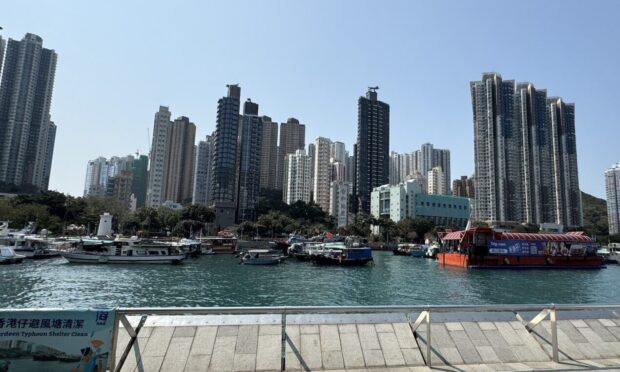
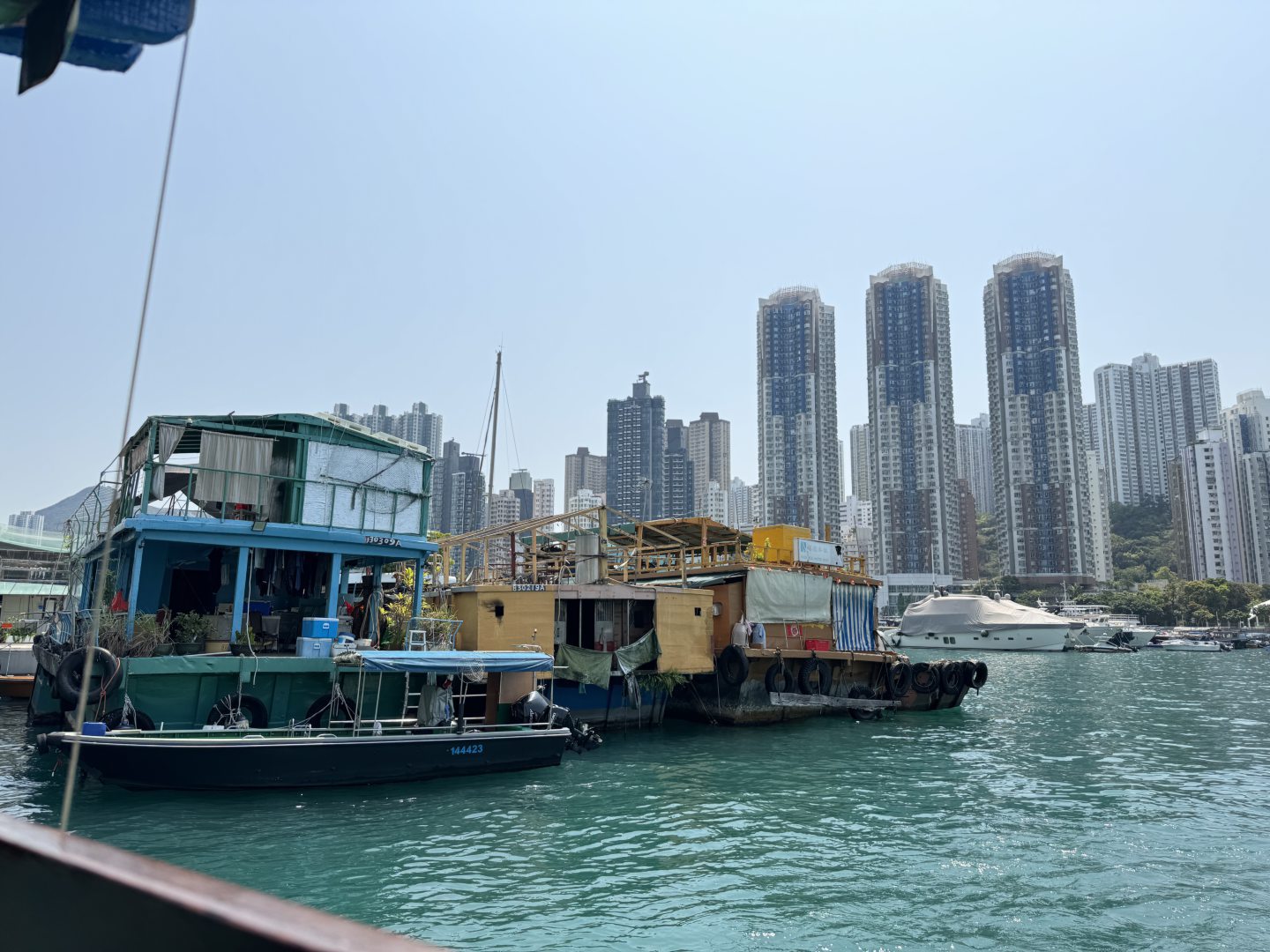

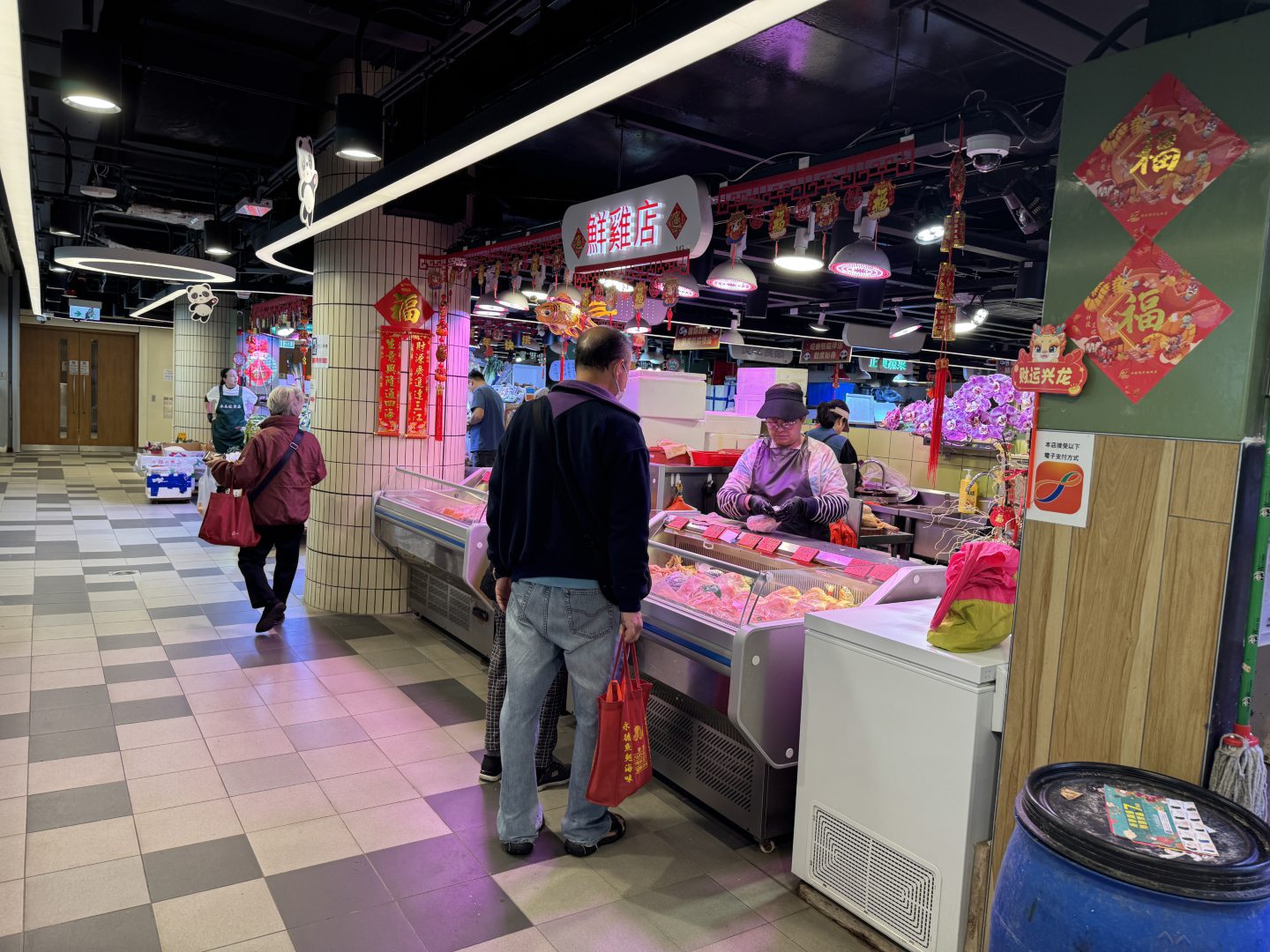
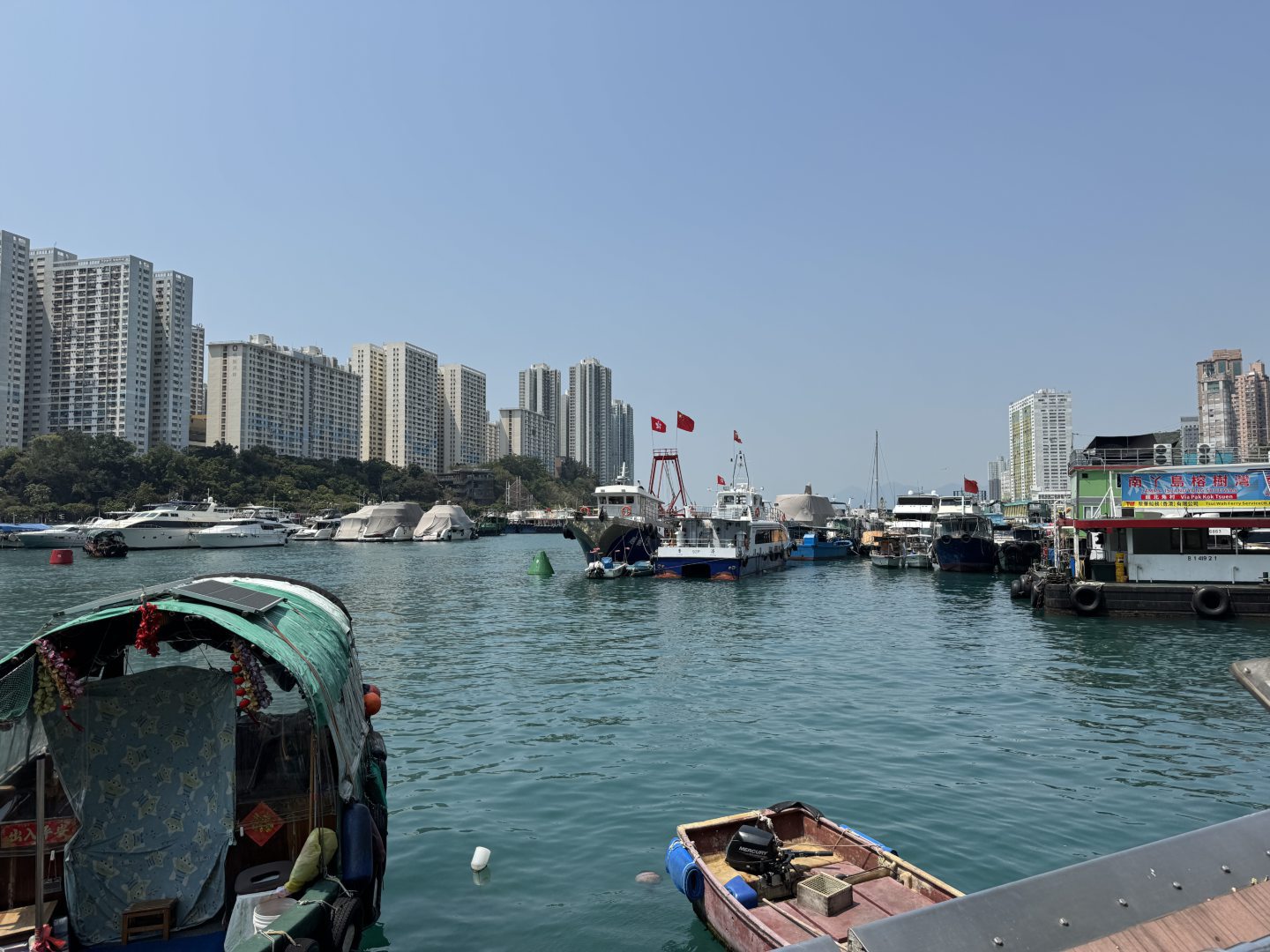
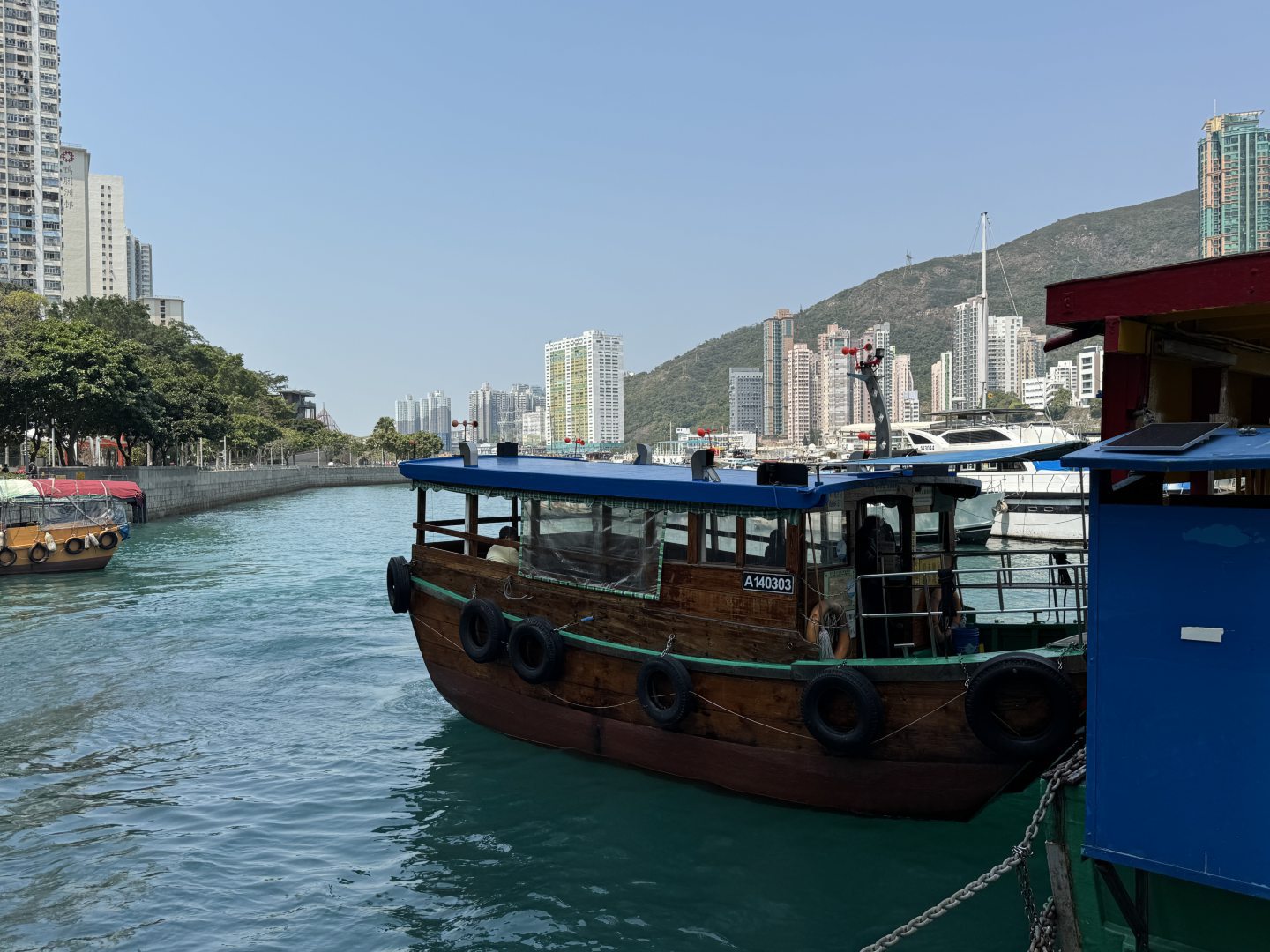
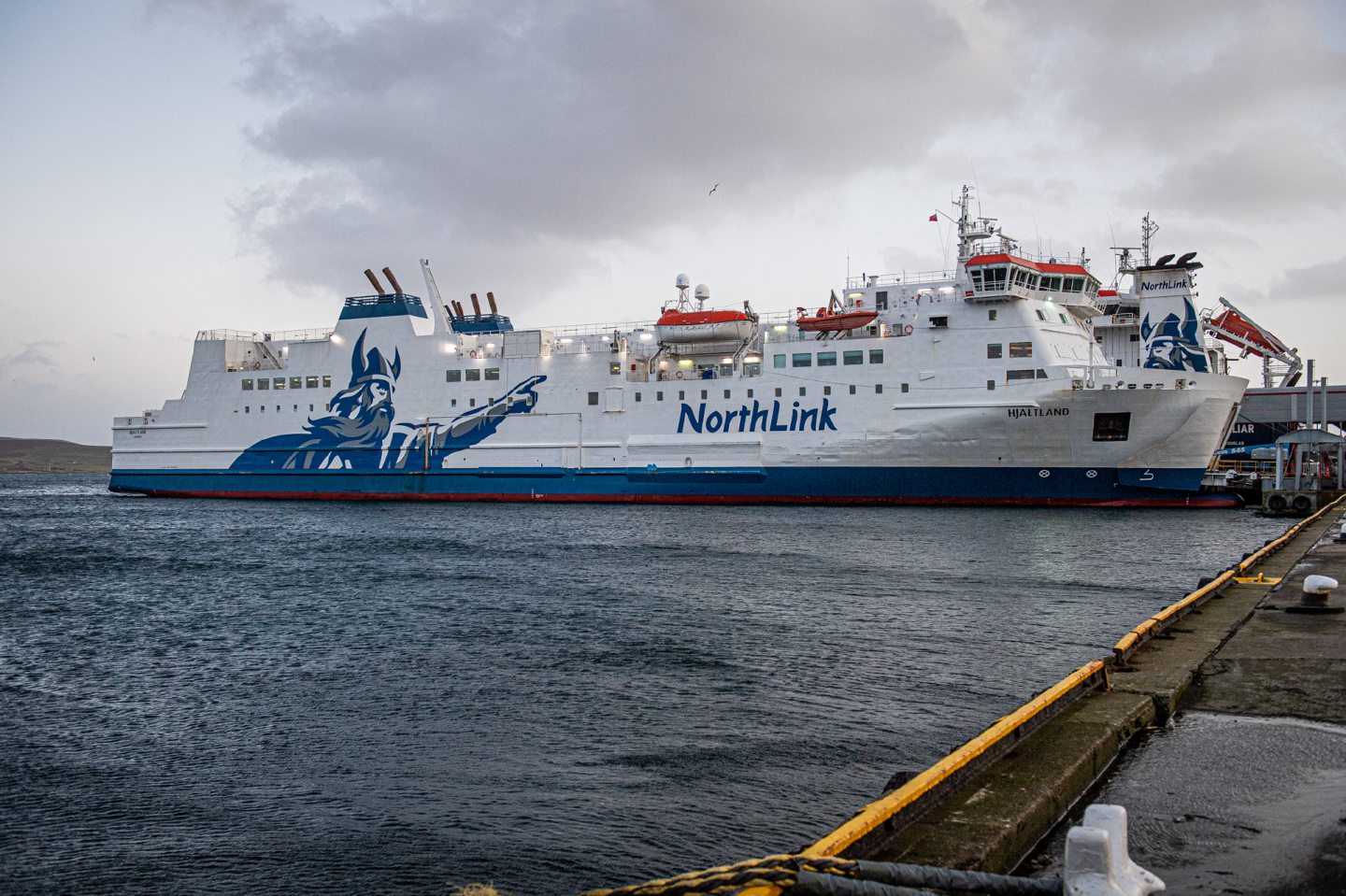
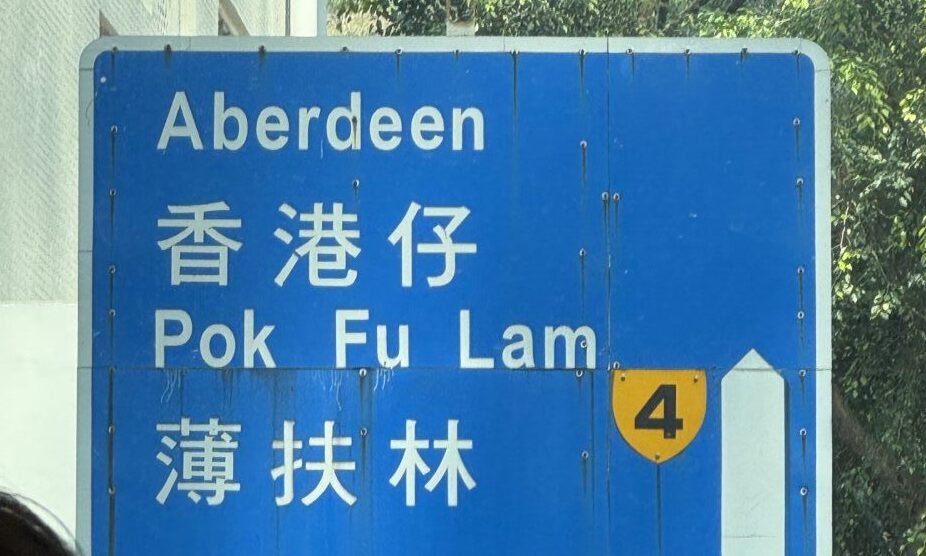

Conversation